Regarding this content, the Journalists and Public Opinion Newspaper had a conversation with researcher Tran Phuoc Thuan, Chairman of the Folk Arts Association of Ca Mau province - who has spent many years researching, teaching and performing Southern amateur music.
+ Sir, you are a very in-depth researcher on Southern amateur music, so what is the essence of this art form that UNESCO has honored Southern amateur music as an Intangible Cultural Heritage of Humanity?
- This question may have a different answer for everyone. But in my opinion, the essence of Don ca tai tu as well as all other forms of folk art is that they carry the soul of the nation.
Before the birth of traditional music, we only had ritual music, which is music that has only music but no lyrics. Then, our “ancestors” saw that the North had some traditional art forms with lyrics, so they imitated and wrote lyrics for Don ca tai tu.
According to the documents that I still have, the original lyrics mostly talked about history, only occasionally there was a version about love. Therefore, when sung, people immediately knew that the genre was definitely Vietnamese, and could not be confused with foreigners. This type of art follows literature and history as it contains a lot of content about heroic examples, inventions or the will of the Vietnamese people throughout history. That is where Don ca tai tu carries the national soul.
+ Currently, there are still different opinions on the use of Don ca tai tu in tourism development. Some people think that this is necessary for the heritage to "live" and develop in contemporary life, but there are also concerns that Don ca tai tu will be distorted and distorted. What is your opinion on this issue?
- Many people have talked about this issue, but they say it differently. For the elderly, they do not agree with innovation, including solfege notation (singing according to modern music). Others want innovation to meet the performance requirements for tourism in a certain locality, not necessarily in the whole country. Some places perform Don ca tai tu on sampans or in the fields... or in any way to meet the needs of tourists. Therefore, there are many images that some people think are "funny" such as artists wearing ao dai and turban sitting in the fields singing and they oppose that. In my opinion, Don ca tai tu must be what it is, must have its own framework, if it changes, it will no longer be Don ca tai tu.
.jpg)
Speaking of music, Don ca tai tu must have 4 instruments that the South calls the four absolutes: Kim, Co, Bau, Tranh. Without the four absolutes, it is not Don ca tai tu. Later, some Western instruments were imported, including the guitar, so it can be considered the 5th instrument. Speaking of lyrics, just the two words "tai tu" alone show that this is a learned art form. But because it is easy to convey and easy to use, Don ca tai tu was popularized.
Actually, learning Don ca tai tu is very difficult, not easy. As for the 20 original pieces, many people study forever but still cannot master them, they only know one or two layers of each piece. So, they say they “know” the 20 original pieces, but in reality they don’t know that much. Many people sing out of tune and the teacher plays along, causing Don ca tai tu to become distorted. But if you say it’s not Don ca tai tu, that’s not acceptable because people argue, “I sing that Tay Thi song, why isn’t it Don ca tai tu?” The problem is there – Don ca tai tu is distorted. If it is distorted, can it be accepted as Don ca tai tu?
I think that if Don ca tai tu is performed correctly as before, not many people can do it, but if we reject everything that is happening, national festivals and exchanges will not be possible. Therefore, we have to accept this reality. To sing correctly, one must have a solid foundation, a proper education, and the ability along with a deep understanding of Don ca tai tu. The same goes for the singer.
Personally, I have studied this subject for decades, but I dare not say that I know everything. There are many people who have studied less than me in society. However, if you force them to do things exactly as they did in the past, they certainly will not be able to do it. In short, we should be moderate, not too wrong, and to be 100% right is very difficult; if there are too many mistakes, experts and those who have the duty to remind us. We should open a wider path, not accepting all mistakes, but if there are too many mistakes, we should stop them.

+ In order for Don ca tai tu to not be "confined" in museums, in your opinion, to what extent can and should this art form innovate in terms of performance form and staging while still preserving its soul?
- Whether or not Don ca tai tu needs to be renewed is not an easy question to answer because there are many different opinions. In my opinion, we should renew it but within a certain level and within limits. What is more concerning is that currently Don ca tai tu has lost many ancient pieces, some of which only have the name, the musician does not know how to play, and the singer does not know how to sing.
So why don’t we use what we already have, this is the blood, the work, the passion of our ancestors. We don’t learn, don’t develop, but instead compose new songs while those new songs cannot replace the old ones. Moreover, these are valuable assets not only of us but of humanity. In my opinion, we should learn from those valuable assets and then develop and create new ones.
+ How do you evaluate the role of the community in preserving and developing Don ca tai tu? What mechanisms do we need to support artisans and local clubs, helping them confidently preserve this heritage in a sustainable way?
- We have had researchers, musicians, and veteran musicians who are very dedicated, they have devoted their whole lives to Don ca tai tu without financial support. Like Mr. Cao Van Lau, despite many difficulties, he still worked enthusiastically, that is why people now worship him, worship his virtue and talent. In society, there are still people like that. Like Mr. Nhac Khi, even though he is blind, he still created a great force to promote traditional music. His students, just one person, became famous nationwide. But people like that are rare.
Now we need to develop organizations, especially folk organizations, because they are closer to reality. The State just needs to pay attention to them and create conditions for them to operate. I think that organizations and groups related to the development of Don ca tai tu, even if they do not receive financial support, they can still be established, so if they have a little more money, they will do better and better.
+ Thank you!
Source: https://congluan.vn/khai-thac-du-lich-co-lam-don-ca-giam-chat-tai-tu-10316790.html



![[Photo] Closing of the 14th Conference of the 13th Party Central Committee](https://vphoto.vietnam.vn/thumb/1200x675/vietnam/resource/IMAGE/2025/11/06/1762404919012_a1-bnd-5975-5183-jpg.webp)
![[Photo] Prime Minister Pham Minh Chinh receives the delegation of the Semiconductor Manufacturing International (SEMI)](https://vphoto.vietnam.vn/thumb/1200x675/vietnam/resource/IMAGE/2025/11/06/1762434628831_dsc-0219-jpg.webp)





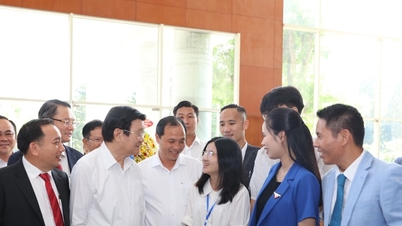

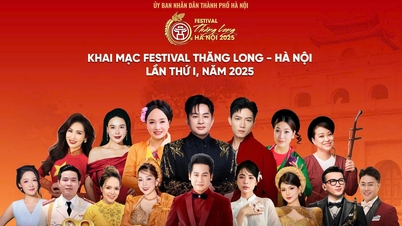





![[Video] The third National Press Award "For the cause of developing Vietnamese culture"](https://vphoto.vietnam.vn/thumb/402x226/vietnam/resource/IMAGE/2025/11/06/1762444834490_giai-bao-chi-vh-3937-jpg.webp)




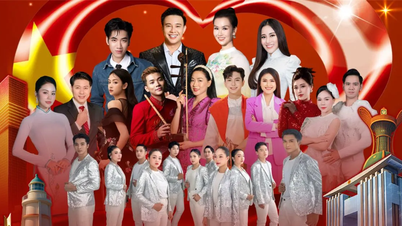







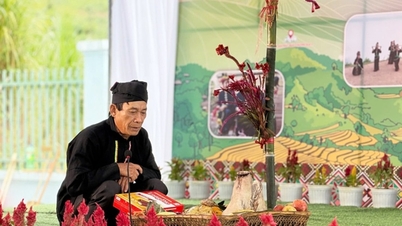








































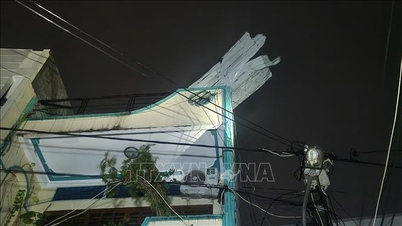

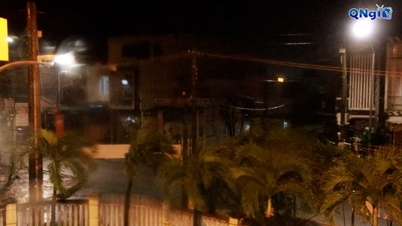

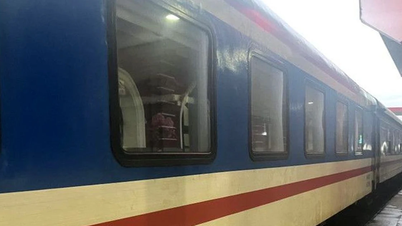

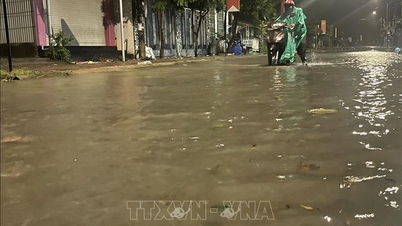

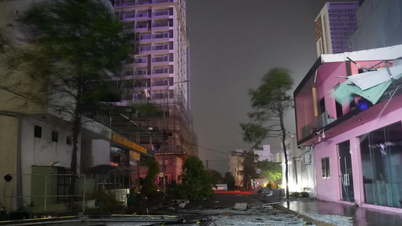


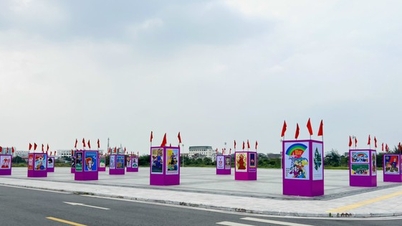






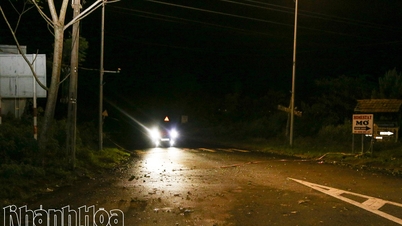

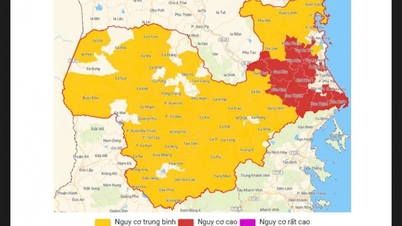

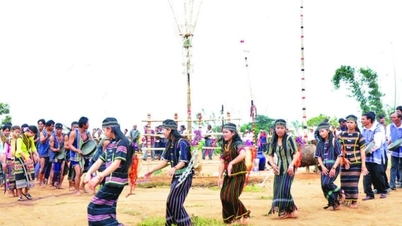

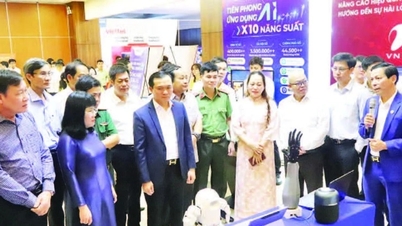
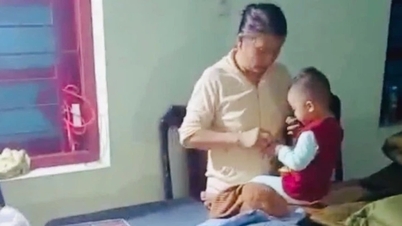












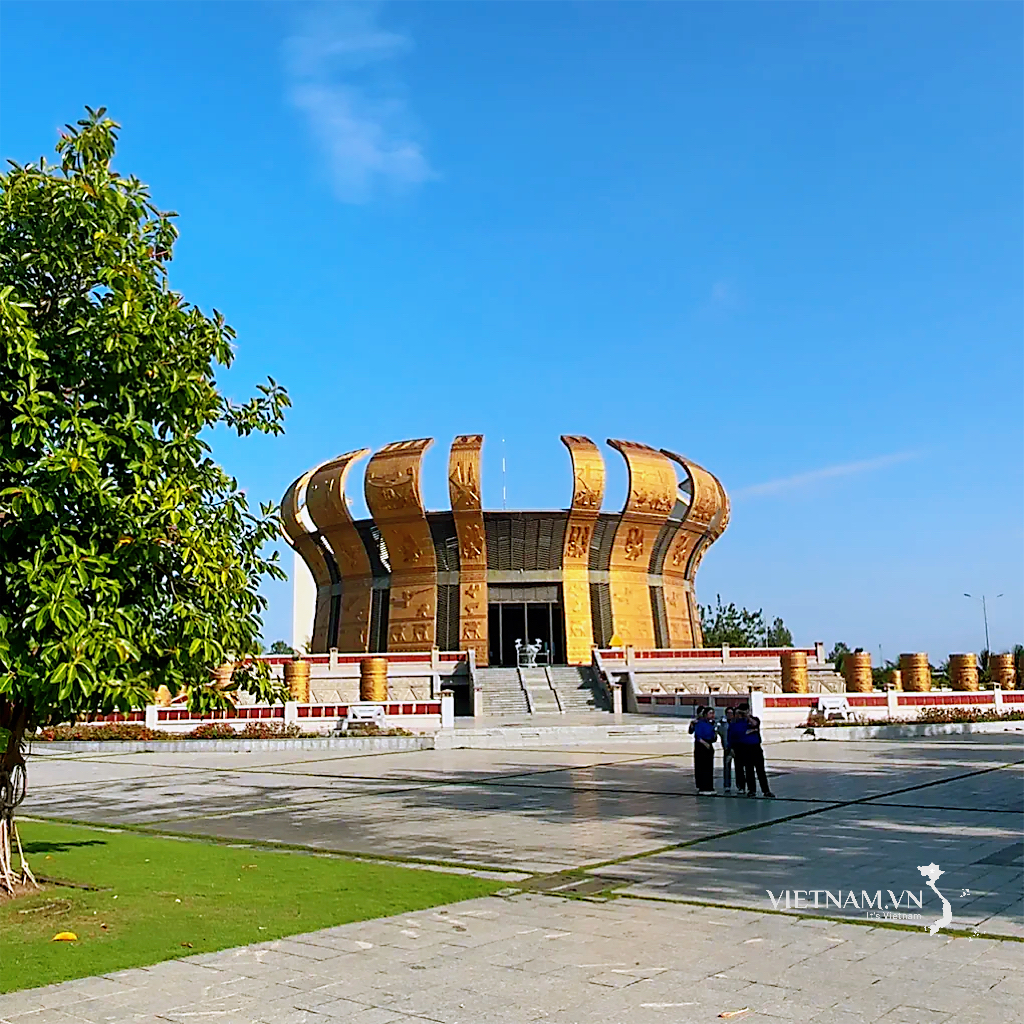


Comment (0)